What do you need to know about string instruments?
String instruments are most common in Classical music, and are chiefly responsible for the characteristic sound of orchestras and chamber music ensembles. However, string instruments are also a familiar sound in popular music, Folk or Jazz bands, and salon orchestras. String instruments are also deeply rooted in the musical culture of the Balkans, as well as in traditional Arabic, Persian, Indian, and Far Eastern music.
By far the most common way musicians produce sound on a stringed instrument is to draw a bow across the strings, causing the string to vibrate continuously. Less frequently, this family of instruments may be plucked, much like a guitar; the technical term for this approach is "pizzicato".
What are the most important string instruments?
The most common string instruments in orchestras today are the violin, the viola, the violoncello, or cello for short, and the double bass. Electric versions of these string instruments are also popular – especially with Jazz and Rock musicians. These electric violins, electric violas, electric cellos, and electric double basses don't usually have a resonating body, but instead resemble an electric guitar, in that they transmit their sound by means of an integrated pickup.
For the most part, string instruments are widely available in different sizes, such as 4/4, 3/4, and 1/2, right down to 1/16 or even 1/64 models, so that players of all sizes and ages can find the right instrument for them. But what are the key differences between the four best-known string instruments?
❯ The violin is the instrument with the highest pitch in the string instrument family. It usually has four strings, each tuned a fifth apart to the notes G3 – D4 – A4 – E5. In the context of folk or popular music, it's not unusual to hear it referred to as a fiddle, although this term may also encompass other, sometimes historical string instruments.
❯ The viola looks similar to the violin, albeit slightly larger and pitched a fifth lower – its role can be thought of as the alto voice in the orchestra. The strings of the viola, like the violin, are also tuned in fifths to the notes C3 – G3 – D4 – A4. Overall, the sound of the viola is at once fuller and softer than that of a violin. Like violinists, viola players hold their instruments between shoulder and chin.
❯ The cello has the much same form as the violin and viola, but it has a much larger body, so this instrument – whose full name is the violoncello – is almost invariably played sitting down. The neck of the cello points upwards and the instrument is held between the legs; the cello itself stands on an extendable endpin, or spike. The cello is also tuned in fifths, to the notes C2 – G2 – D3 – A3. As you might be able to tell from the little numbers, the cello is tuned exactly one octave lower than the viola. Not least because of its sonorous, warm sound, the cello is popular both as part of the orchestra and as a solo instrument.
❯ The double bass is the largest and lowest-pitched string instrument. The double bass is an essential fixture not only in classical orchestras, but also in Jazz ensembles and Rockabilly bands. In contrast to the violin, viola, and cello, the strings of the double bass are tuned in fourths, namely E1 – A1 – D2 – G2. Five-string double basses with a low string tuned to B0 or C1 are also common, especially in classical orchestras, as compositions here often require notes below the low E1. The double bass is played either standing up or sitting down, usually on a suitably proportioned stool.

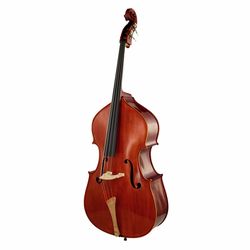
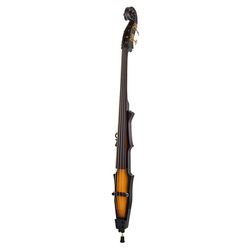
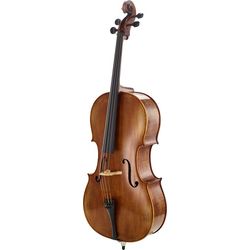
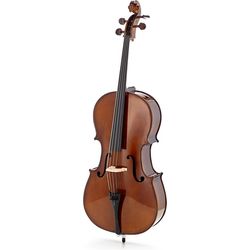
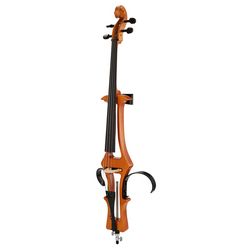
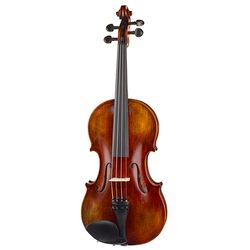
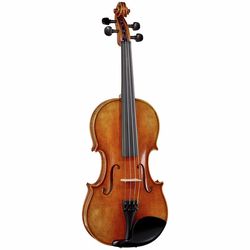
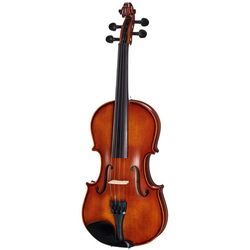
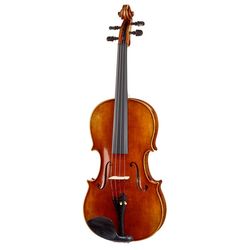
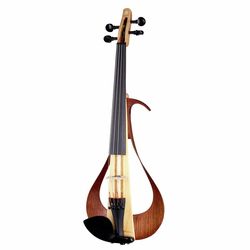
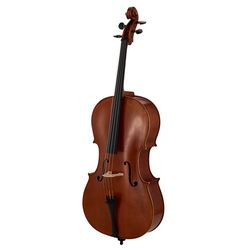
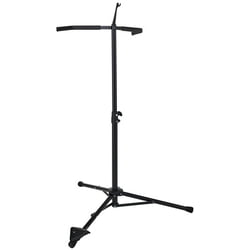
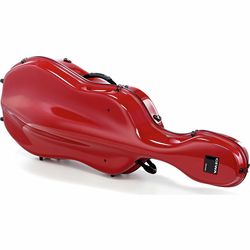
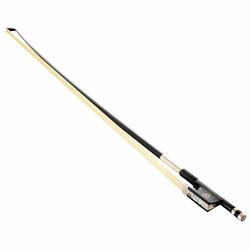
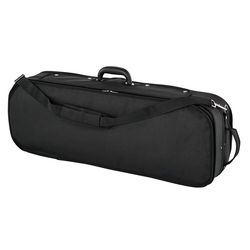
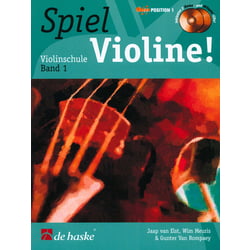
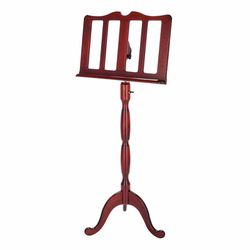
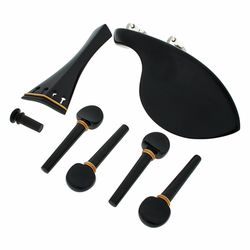


)
)